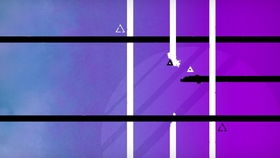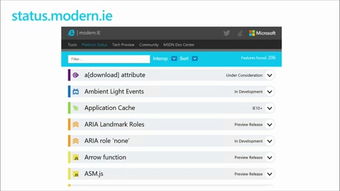Introduction:
Fishing at reservoirs can be an incredibly rewarding experience, offering both tranquility and the thrill of the catch. One of the key elements to becoming a successful reservoir angler is mastering the art of reading bait floats. This article delves into the essential techniques and tips for understanding how to interpret the movements of bait floats, helping you become a more proficient and successful fisherman.
Understanding Bait Floats:
Bait floats, also known as bobbers or indicators, are essential tools for reservoir fishing. They help anglers detect subtle movements of the fishing line, indicating when a fish is taking the bait. Here's a closer look at how bait floats work and why they are crucial for successful fishing.
Types of Bait Floats:

- Bubble Floats: These floats are designed to sit on the surface of the water and are ideal for detecting light bites.
- Sliding Floats: These floats move up and down the line as the fish takes the bait, providing a clear indication of a bite.
- Sinker Floats: These floats are attached to a sinker and are used for deeper water fishing, where the bait is presented closer to the bottom.
Reading Bait Floats:
- Subtle Movements: Even the smallest movements of the bait float can indicate a fish is taking the bait. Pay close attention to any changes in the float's position or movement.
- Rapid Movements: A sudden, quick movement of the float can indicate a fish has taken the bait and is pulling on the line.
- Sediment Movement: If the water is murky, the movement of sediment around the float can sometimes indicate a fish is nearby.
- Float Position: The position of the float can also provide clues. For example, if the float is moving closer to the rod tip, it may indicate the fish is taking the bait from the bottom.
Techniques for Improving Your Float Reading Skills:
- Practice: The more you fish, the better you will become at reading bait floats. Spend time practicing in different conditions and with various types of floats.
- Observe Other Anglers: Watch how experienced anglers read their floats. Notice how they adjust their techniques based on the float's movements.
- Experiment with Different Floats: Try using different types of floats to see which one works best for your fishing style and the conditions you are facing.
- Understand the Fish: Familiarize yourself with the habits and feeding patterns of the fish you are targeting. This knowledge can help you anticipate their movements and understand how they might interact with your bait.
Advanced Float Reading Techniques:
- Adjusting the Float: Sometimes, adjusting the position of the float can help you detect more subtle bites. Experiment with different float heights to see what works best.
- Using a Strike Indicator: In addition to the bait float, some anglers use a strike indicator, which is a small, lightweight float attached to the line above the bait. This can provide additional information about the fish's movements.
- Reading the Line: Pay attention to the line itself. If you see any sudden kinks or tugs, it could indicate a fish is taking the bait.
Conclusion:
Mastering the art of reading bait floats is a skill that can significantly improve your reservoir fishing experience. By understanding the types of floats, observing subtle movements, and practicing your techniques, you can become a more proficient angler. Remember, the key to success is patience, practice, and a keen eye for detail. With time, you'll be able to interpret the movements of bait floats with ease, leading to more successful fishing trips and memorable catches.












